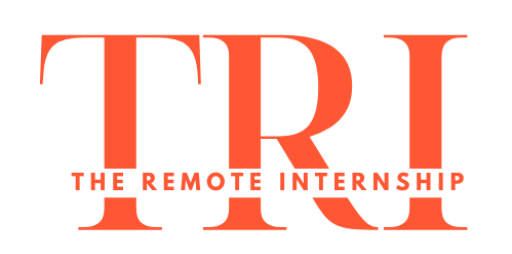“You work much more from home”, that is one of the phrases that are most heard regarding ‘teleworking’ or ‘home office’, two modalities that have allowed companies to continue operating with their employees working from home and in the middle of the pandemic. The ‘pandemic’ effect on the mental health of Colombian workers

This crisis is producing serious problems in people’s mental health. Among these, stress due to work overload, which can often occur due to fear of losing one’s job or insecurity regarding the future of labor relations,” Claudia Patricia Ospina, coordinator of Occupational Safety and Health at Unico.
Symptoms of work-related stress
To identify if you suffer from work stress, you can pay attention to the alerts your body sends out.
Some of the symptoms of this phenomenon can be “muscle tension, chest pain, intestinal discomfort, sleep disturbances andsexual response,” explains Ospina.
Analyze how you feel on a daily basis
Now, if you feelirritated, insecure, have problems with attention, concentration and memory, you may also be suffering from work stress. In fact, with the increased workload employees may experience blockages and difficulties in expressing opinions, feelings and conflicts.
We invite you to read about: How to pay health and pension in a comprehensive salary
Other ailments that are related to work stress
Similarly, it is common to produce “headache, short temper, anguish, desire to cry and feeling of not doing the job well. In more severe cases and where stress is not treated, gastritis, irritable bowel, lack of appetite or, on the contrary, anxiety about eating can occur,” said Inery Franco, occupational safety and health advisor at Ludic S.A.S.
Rest is key to reducing work stress
Do you rest well? This is another important factor. Sleep disorders, such asinsomnia or excessive sleepiness, can mean you have work-related stress.
Get ready to give the best job interview with these tips.
Why do we seem to work and get more stressed working at home?
The sources who attended the consultations. Comagreed that work stress may be a consequence of the hasty and immediate adaptation of companies to continue working during the health, social and economic emergency.
With this decision, the workday, communications, relationships between bosses and employees may have impacted you initially, generating work overload, invasion and, in certain cases, the abuse of communication tools such as cell phones or WhatsApp.
Companies should consider adapting andconditioning jobs at home, as the situation still does not give truce for some companies to consider returning to face-to-face.
According to Liliana Machado, a specialist in occupational health, “work stress has to do with many conditions, such as the amount of work, the comfort of the space where you work or the physical and environmental possibilities that guarantee the concentration of people in their trade.”
For this reason, if you are stressed it is common to feelexcessive worry, your work can slow you down and exhaustion caninvade you.
Increase your chances of finding work. Get to know VIP employment here
Learn to cope with and identify work stress
However, “the symptoms depend on how the situation is handled, so they can vary. For example, if the person is impatient, inflexible to change, has difficulty listening to others or is imposing, they may perceive greater irritability or anxiety,” Machado added.
You can also examine whether your interpersonal relationships or personal activities have been diminished or damaged. “Each person can identify if within their daily lives there are new emotions of sadness, abandonment or loneliness that have appeared,” Franco said.
It is important to analyze if the level of attention you pay to your work is excessive, if you have neglected other personal aspects such asintimacyor if family or work discussions have increased.
The most incredible muddies during work meetings by video call. Don’t miss them here!
The importance of staying active and establishing spaces
However, in addition to the support you can receive from your ARL, you have in your hands the alternatives to reduce work stress and with it, the symptoms.
Ospina advised “moderate physical exercise and including meditation exercises in the daily routine. At least 30 minutes of regular activity can be dedicated, including cardiovascular activation, stretching, resistance and strength exercises.”
The difficult situation is not unique to you as a ‘telecommuter’ or home employee, the family is also involved. Therefore, you should try to establish agreements and collaborate with the people with whom you live. If there is disorganization at home, work tasks will be postponed or accumulated, causing the rest time to decrease.
With your boss you can establish the rules of work, comply with the workday and established goals. The important thing is to talk to your superiors and make your situation known, either as a person who lives alone or as someone who has children and must attend to the responsibilities of the home.

